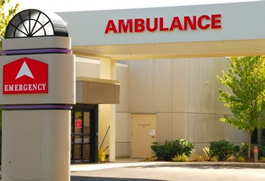 Recognizing the urgent need for a new section of a hospital, especially one that is meant for emergency services, depends on stakeholders’ ability to manage demographic data correctly and make informed decisions. The benefits of healthcare strategic planning can make themselves known the closer such a project gets to completion.
Recognizing the urgent need for a new section of a hospital, especially one that is meant for emergency services, depends on stakeholders’ ability to manage demographic data correctly and make informed decisions. The benefits of healthcare strategic planning can make themselves known the closer such a project gets to completion.
For example, the Barnstable Patriot recently reported on an expansion being constructed for the Cape Cod Hospital in Massachusetts. According to this source, the Emergency Room at this location sees more than 90,000 patients every year, and the new wing is expected to add more than 20,000 square feet of space to the center.
Construction is reported to consist of three stages, with the first already finished. While this means that visitors to this facility can see some of the progress that has been made on this $20 million addition, there is still plenty left to go before the construction will be completed and residents who depend on the current emergency room will feel the benefit.
This isn’t the only case of a hospital in the area bolstering its current emergency facilities: an article in the Cape Cod Times recently chronicled the unveiling of an Urgent Care Center in Harwich. The story quotes the head of Cape Cod Healthcare, Michael Lauf, on the improvement in care that might be noticed.
“Right now, a patient will be able to see the same emergency care physicians they can see in Hyannis for about half the cost,” he said.
But in order to accomplish all of this, the data gathered in the planning phase needs to be analyzed and put to the best use. Hospital strategic planning solutions can take the data that is available from various sources and use it to help facilities make smart decisions about when and where to expand.